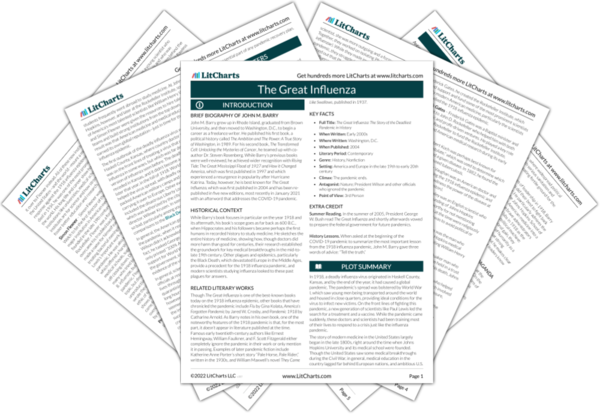Gates and Rockefeller are not scientists by any means—in Barry’s portrayal, they almost seem to found the Rockefeller Institute on a whim, since they apparently get the idea for a multimillion-dollar institution from reading a single textbook. Ultimately, however, this whim is enough, since they wisely leave running the institute to more capable scientists.
